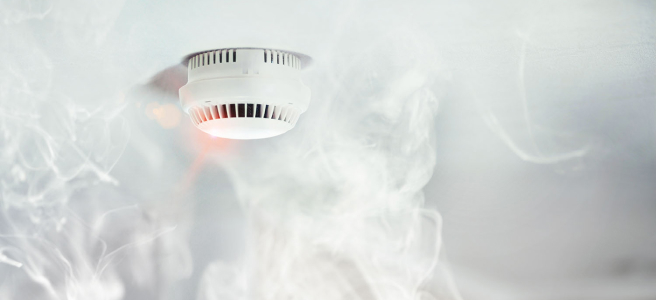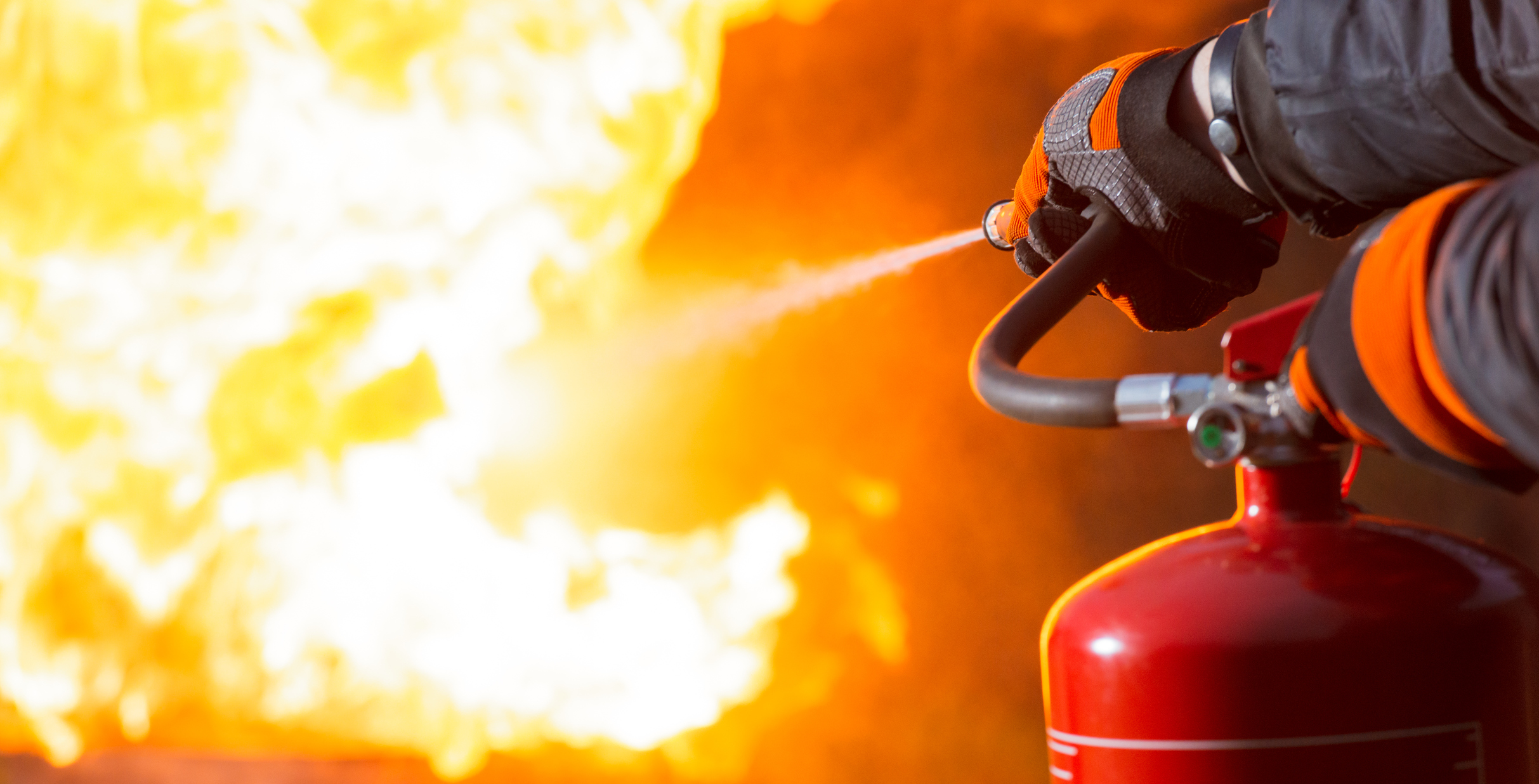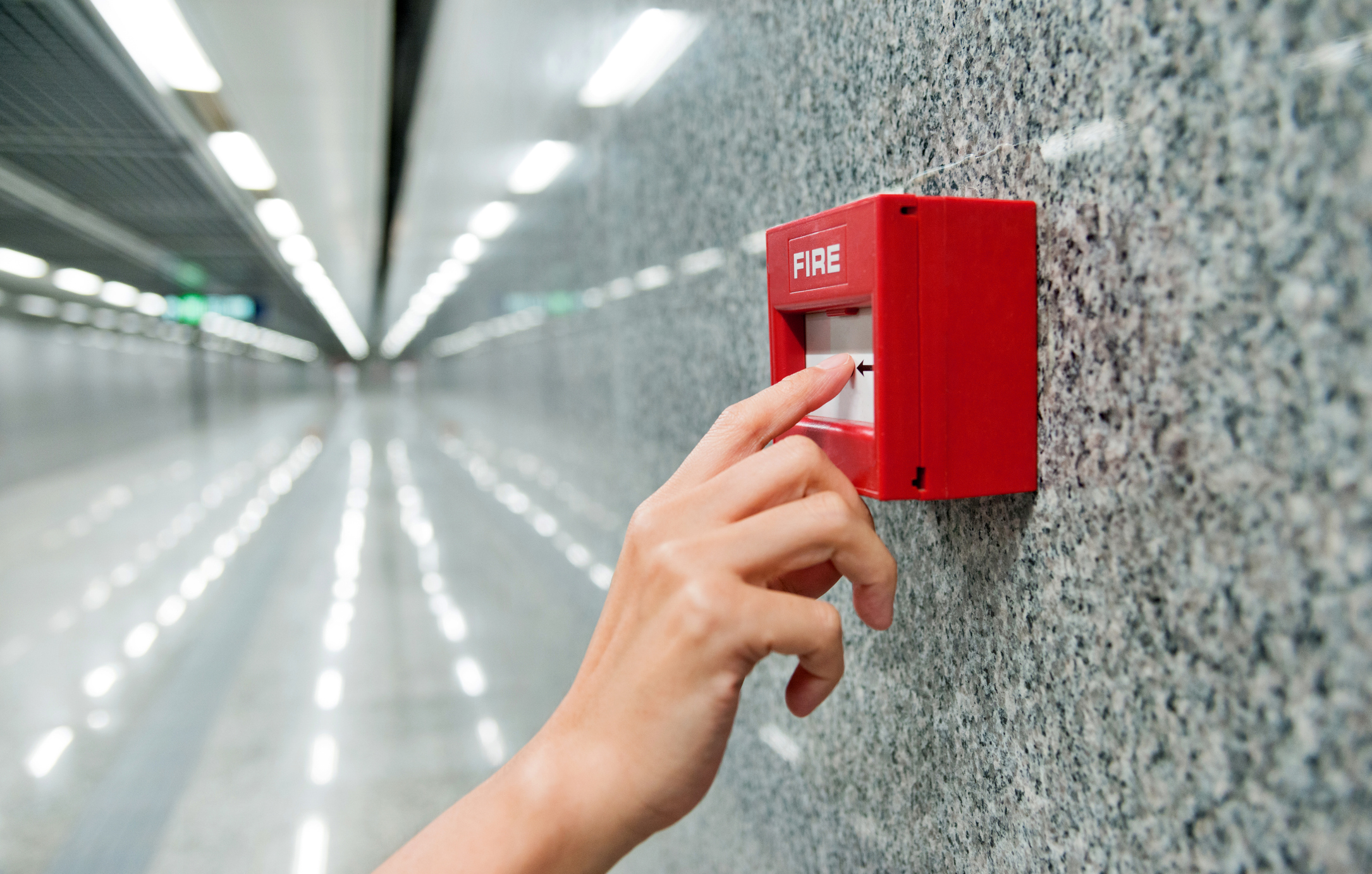
How to Reset a Smoke Alarm
Common Reasons to Reset a Smoke Alarm
Smoke alarms might need to be reset for a few different reasons. Common scenarios include after a false alarm, following a battery replacement, or after cleaning. False alarms can be particularly frequent in environments where there is a lot of steam or dust, which can trigger the alarm. After changing batteries or cleaning the device, a reset ensures that the smoke alarm is still functioning correctly.
In the UK, smoke alarms commonly found in residential and commercial properties include ionisation, photoelectric, and combination alarms. Each type detects fires differently: ionisation alarms are quicker to respond to flaming fires, while photoelectric alarms are better at detecting slow-burning, smouldering fires. Combination alarms offer broad-spectrum detection by integrating both technologies.
Step-by-Step Guide to Resetting Different Types of Smoke Alarms
Understanding how to reset your smoke alarm is useful as you’ll likely want to do this when switching out batteries or during routine maintenance. So, to help you perform this action successfully, let’s look at the steps you should take to reset different types of smoke alarms.
Ionisation Smoke Alarm
- Turn Off the Power: If your smoke alarm is hardwired, turn off the power at the circuit breaker.
- Remove the Alarm from the Mounting Bracket: Twist the alarm off the bracket and disconnect any power connections if hardwired.
- Press and Hold the Reset Button: Find the reset button on the back of the alarm and press it for about 15 to 20 seconds.
- Reconnect and Remount: Reattach any power connections, mount the alarm back onto the bracket, and restore power at the breaker.
- Test the Alarm: Press the test button to ensure the alarm is functioning correctly.
Photoelectric Smoke Alarm
- Disconnect from Power Source: For battery-operated units, remove the battery. For hardwired units, switch off the power.
- Clean the Sensing Chamber: Use compressed air to gently blow dust away from the sensor.
- Reset the Alarm: Hold down the reset button for about 20 seconds.
- Reassemble and Test: Replace the battery or reconnect the power, and test the alarm using the test button.
Combination Smoke Alarms
- Power Down: Ensure all power sources are disconnected from the combination smoke alarm.
- Visually Inspect and Clean: Check for any visible obstructions or dust and clean accordingly.
- Reset: Press and hold the reset button, typically located inside the battery compartment.
- Power Up and Test: Restore power and press the test button to ensure functionality.
How to Recognise the Type of Smoke Alarm You Have
Identifying your type of smoke alarm usually involves inspecting the unit for labels or model numbers, which can often be found on the back or inside the battery compartment. Manufacturer’s instructions or their website may also help identify the alarm type based on appearance and features.
Troubleshooting After Reset
If your smoke alarm continues to chirp or sound the alarm after resetting, ensure that the battery is fresh and properly installed. You should also check that the power connection is secure and uninterrupted. Testing the alarm by pressing the test button should result in a loud warning tone; if not, the unit may need further troubleshooting or professional servicing. If you’re still having issues even after troubleshooting, then asking for professional help is the best approach. Experts like our team at Britannia Fire & Security can quickly resolve your issues and provide guidance so it won’t happen again.
Maintenance Tips to Minimise False Alarms
Maintenance is really important when dealing with smoke alarms, as a faulty device is useless in the event of a fire. To ensure your smoke alarm functions correctly, make sure that you:
- Clean your smoke alarm regularly: Use a vacuum hose to clean dust from the exterior and a soft brush around the sensor chamber.
- Replace batteries regularly: As a good rule of thumb, changing batteries annually or as recommended by the manufacturer will keep them working.
- Test your smoke alarm: Aim to test your alarm monthly by pressing the test button.
- Replace the entire unit: It is advised to change the unit after 10 years of usage or as per the manufacturer’s recommendation.
Regular maintenance can drastically reduce the chances of false alarms and ensure that when a smoke alarm does sound, it is for a good reason.
How Britannia Fire Alarms Can Help
Britannia Fire & Security specialises in the installation and maintenance of commercial fire alarm systems. Offering a comprehensive service from consultation to installation, and routine maintenance, our team of professionals can help ensure that your business is equipped with reliable and compliant fire detection systems to protect your premises and the people within them. If you’d like to learn more about commercial fire alarms or would like our help with installation or maintenance, please get in touch with our team today.




